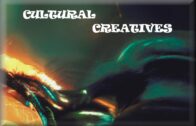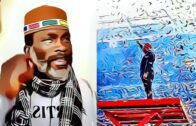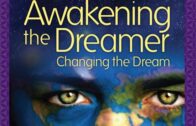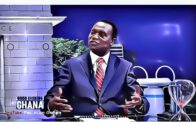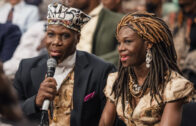MEMBERS & VISITORS
The Cultural Creatives
The world out there is changing at an unprecedented rate. These changes are not only environmental, economic, social and political but mounting evidence point to a rise
of a new planetary consciousness and new world order known as transmodernism. Transmodernism is evident in all aspects of people’s lives, from consumption, value(s) system, work, leisure patterns, global ecological awareness, to concerns for the survival of the humankind and the quest for more fulfilling and spiritual lives. In the forefront of transmodernism is a silent but powerful class of transmodern consumers known as “Cultural Creatives”. They are converging across the nations creating a new, wiser, transmodern culture embedded in a post-capitalist, post-modernist holistic value system way beyond postmodernity. Even though Cultural Creatives are still lacking a sense of self-identity or group identity as was historically the case with other subcultures (Hippies, New agers, Baby boomers etc) they can be identified based on their transmodern worldviews and
their new value system. They are conscious consumers who reject the postmodern obsession with consumerism and materialism and stand for a new, just and sustainable world. The mounting evidence exist that Cultural Creatives are in fact leading a silent revolution towards a new global value system and a new transmodern world order on a scale not experienced in the past 600 years, since the Renaissance. Cultural Creatives are genuinely interested in the problems of the world as they tend to volunteer in order to make a difference in the ways that matter.
It is unclear how many Cultural Creatives are active and working toward a new paradigm among the African diaspora as well as on the African continent. “The Cultural Creatives: How 50 Million People Are Changing the World is a nonfiction social sciences and sociology book by sociologist Paul H. Ray and psychologist Sherry Ruth Anderson,[1] first published in 2000.[2] The authors introduced the term “Cultural Creatives” to describe a large segment in Western society who since about 1985 have developed beyond the standard paradigm of modernists or progressives versus traditionalists or conservatives. Ray and Anderson claim to have found 50 million adult Americans (slightly over one quarter of the adult population) can now be identified as belonging to this group. They estimated an additional 80–90 million “Cultural Creatives” exist in Europe as of 2000.”
Three prominent philosophers, Spanish Rodriguez Magda (1989, 2017), Belgian Luychx Ghisi (1999, 2008, 2010), and Argentinian-Mexican Enrique Dussel (2002) laid the foundation for the concept of transmodernity. Defined as an all-encompassing “socio-cultural, economic, political and philosophical shift” way beyond postmodernism, transmodernism carries a universal message of hope for the survival of humankind (Ateljevic, 2009). As a post-industrial contemporary concept, transmodernity represents a decline in the dominant Euro-American industrial, patriarchal, imperial, capitalistic and colonial world-system of the modern society, thus embodying the African decolonising paradigm (Dussel, 2002; Ghisi, 2008). In the heart of transmodernism is Dussel’s (2002) Philosophy of Liberation, a global project which rejects the European superiority of the last five centuries and unmasks the invention of the Other, of the colonized Africans in particular (Mekonnen, 2012:10). As such, it is undoubtedly an emerging xenophilian consciousness, a celebration of local and global diversity based on greater tolerance for ethnic, racial and sexual differences.
Prof. Oku Singer, Mechanical/Solar Engineer
(39)
